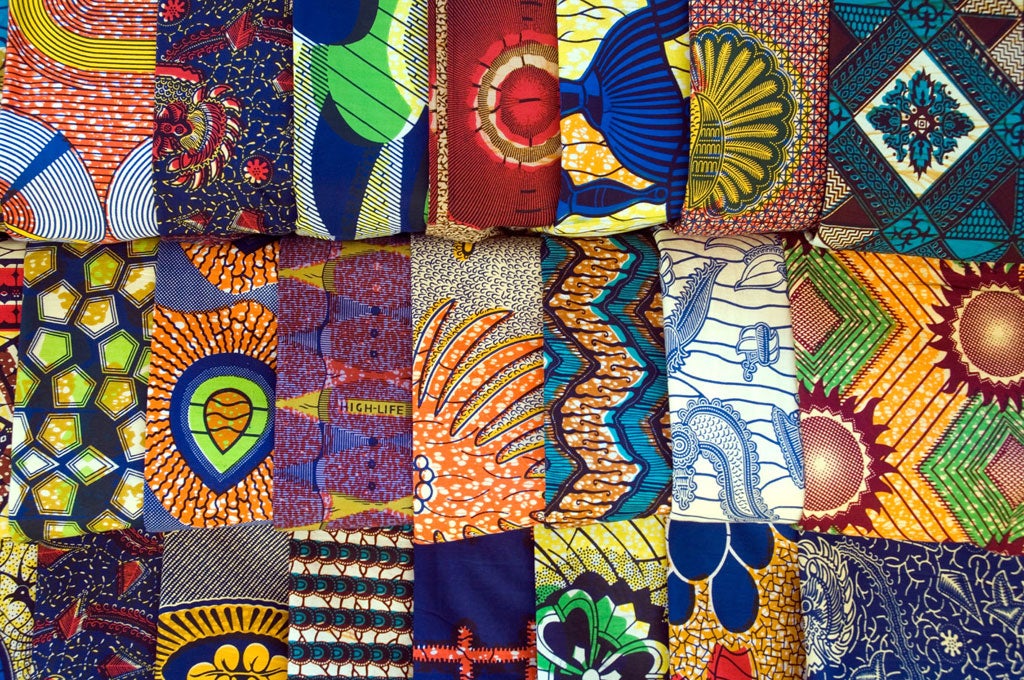Your support helps us to tell the story
From reproductive rights to climate change to Big Tech, The Independent is on the ground when the story is developing. Whether it's investigating the financials of Elon Musk's pro-Trump PAC or producing our latest documentary, 'The A Word', which shines a light on the American women fighting for reproductive rights, we know how important it is to parse out the facts from the messaging.
At such a critical moment in US history, we need reporters on the ground. Your donation allows us to keep sending journalists to speak to both sides of the story.
The Independent is trusted by Americans across the entire political spectrum. And unlike many other quality news outlets, we choose not to lock Americans out of our reporting and analysis with paywalls. We believe quality journalism should be available to everyone, paid for by those who can afford it.
Your support makes all the difference.I've long loved the cheery colours and patterns of West African fabrics – a growing interiors trend, and excellent counterpoint to this wintry weather. But how to combine more than one of these busy designs without getting a headache? I asked Laurence Kanza, aka La Petite Congolaise, who sells stunning African wax print cushions...
Combination lockdown
There is an art to contrast: "Do it by colour, by print or by both," Kanza begins. "With prints, stick to similar colour palettes, tones or families; designs matter less with relative colour continuity. With contrasting colours, stick to the same print but in different colours. If you are going to do both, big bold prints work best, as they balance each other out.
Give it a rest
A plain background colour – such as white, neutral, black or dark blue – also helps. And adding plain cushions to the mix allows one's eyes to rest and distinguish the prints rather than being overwhelmed by colour. This also enhances the print, by emphasising the pattern.
Limited company
"A restricted palette simplifies things: in a room with accents of, say, green, blue, yellow and red, limit fabric designs to that four-colour palette. No need for exact matches, though: you can go up or down in shades – just as with an octave in music."
The clash
How to know whether it's working? "A good clash," Kanza concludes, " takes contrasting elements that work on their own but, together, create something new and visually exciting. Bad clashing hurts the eyes; the colours and patterns seem disjointed... Like an orchestra in the hands of an inexperienced conductor."
For more from Laurence Kanza, see lapetitecongolaise.com. Find Kate's blog on affordable interiors at yourhomeislovely.com

Join our commenting forum
Join thought-provoking conversations, follow other Independent readers and see their replies
Comments